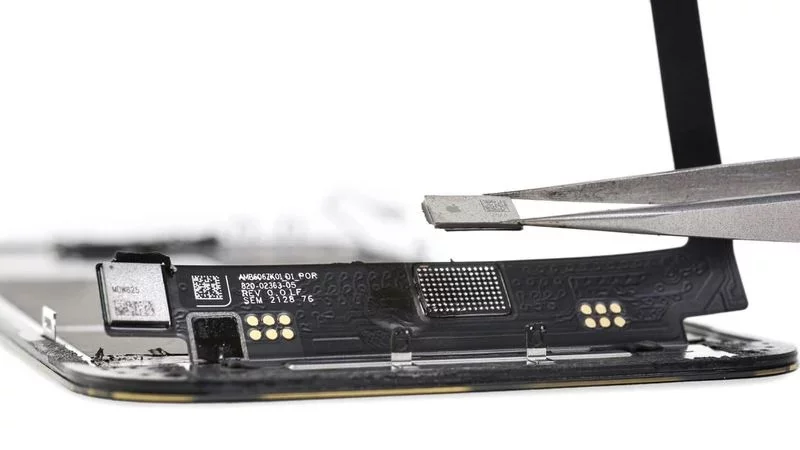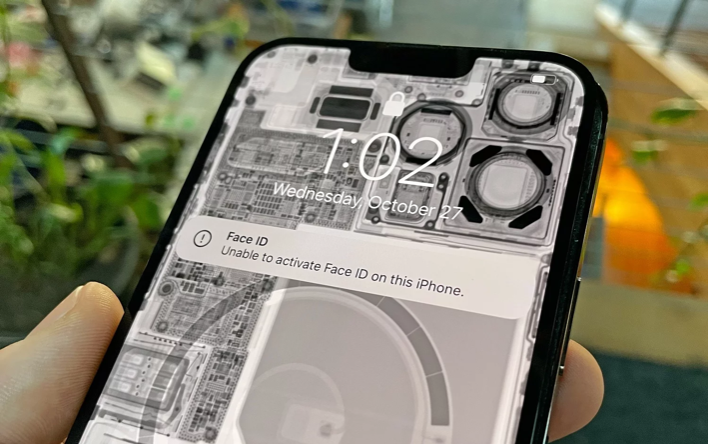iFixit explains that a small chip can cause the face recognition sensor to go haywire.
Now it’s official, iPhone 13 is a problem for third party repairers. IFixit’s team of experts gave some more details on replacing the display of Apple’s latest smartphone and the consequences for Face ID.
It was one of the most common and simple repairs to perform, even if you want to do it independently at home, but now it requires the use of a microscope and tools for micro-welding . The replacement of the display, if not carried out in an Apple Store, makes the Face ID unusable . And the same result is obtained if you use an original display, “borrowed” from another iPhone 13.
The problem, explains iFixit, is a small microcontroller that pairs iPhone 13 to its display . The only ones who can perform repairs without compromising any components are authorized technicians who use Apple Services Toolkit 2 to register a repair on the company’s cloud services, thus synchronizing the serial numbers of both the iPhone and the display.

To avoid problems, a soldered chip must be moved from the original screen to the replacement screen, an “unprecedented” practice for iFixit . Display repair is “incredibly common” and represents a large portion of the revenue for repairers .
Precisely for this reason, Apple’s decision could cause the closure of many businesses that focus on repairs of its devices and which – in most cases – cannot afford to spend thousands of dollars to buy new equipment.
According to most, Apple allegedly made this decision to “hinder do-it-yourself customer repairs” and direct those with an iPhone 13 to Apple Stores and / or Apple Authorized Service Providers.
For information, the costs for repairing the screen (out of warranty) are as follows:
- iPhone 13 Pro Max: € 361.10
- iPhone 13 Pro: 311.11 euros
- iPhone 13: 311.11 euros
- iPhone 13 mini: € 251.10
Comments on the latest “discovery”?



Recent Comments